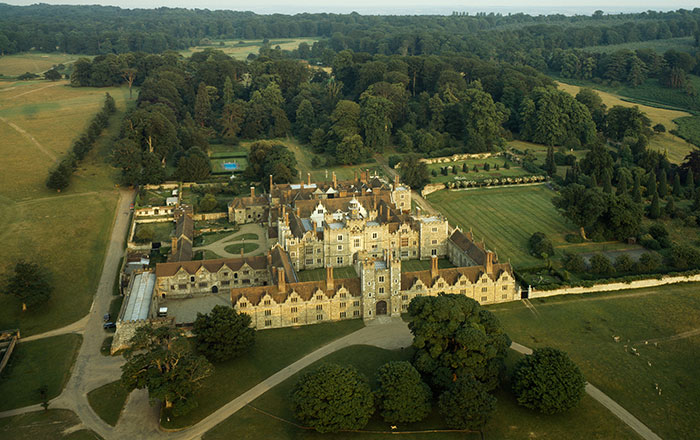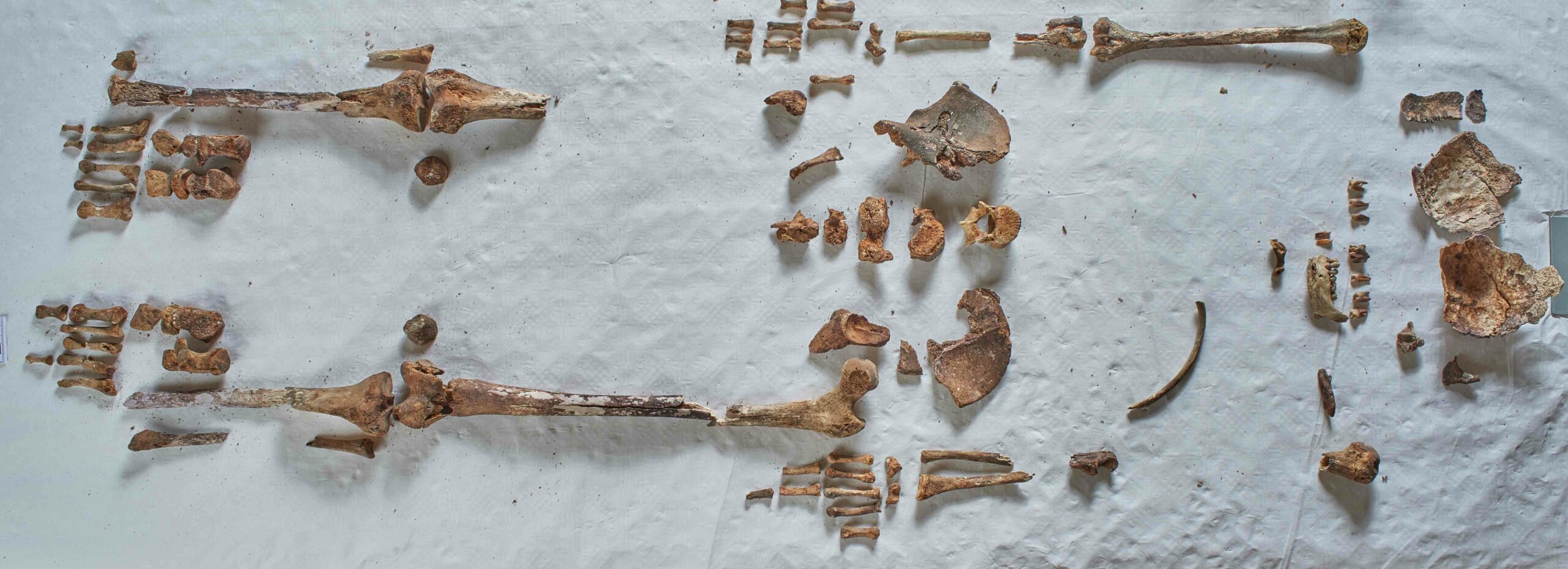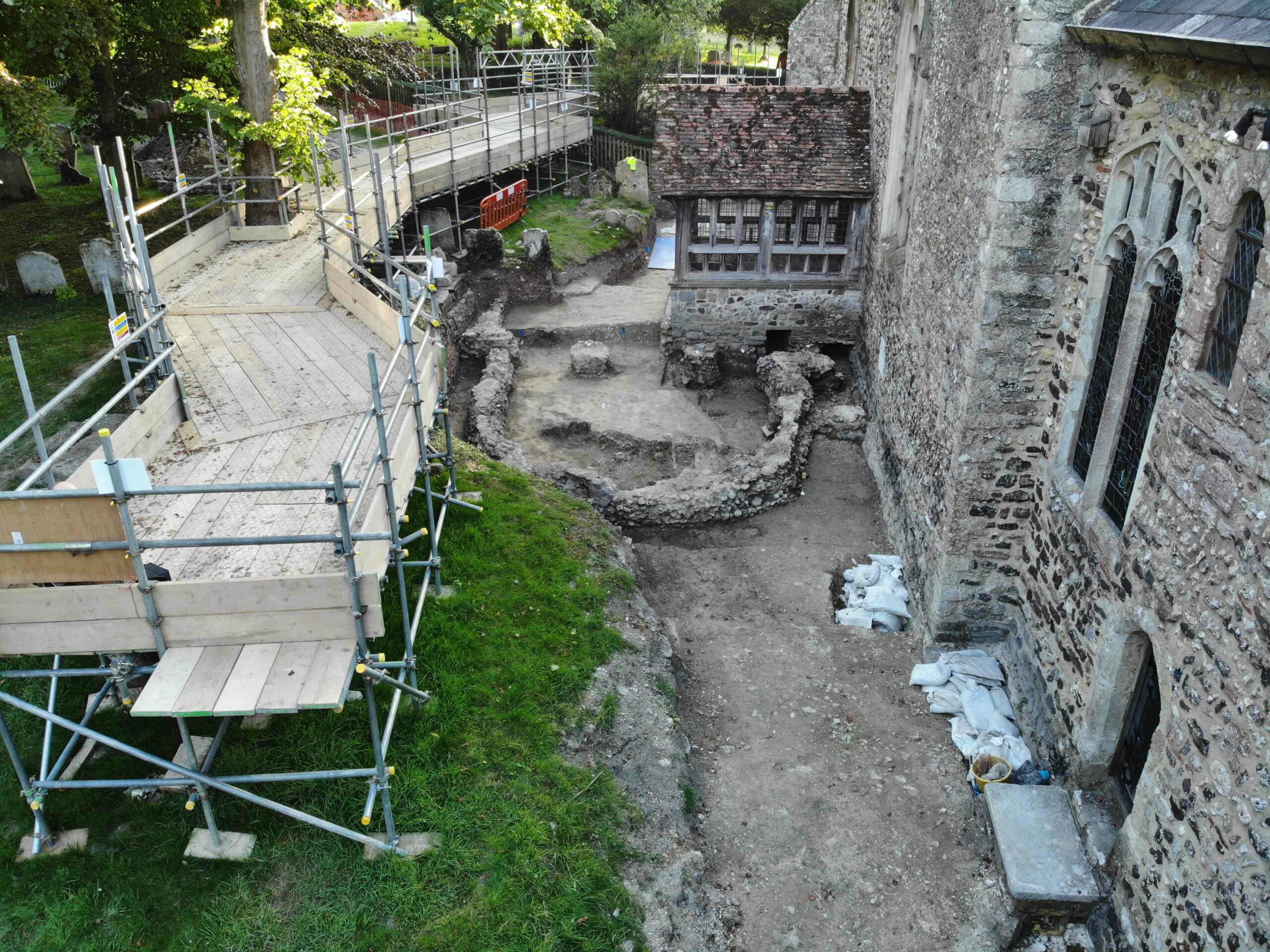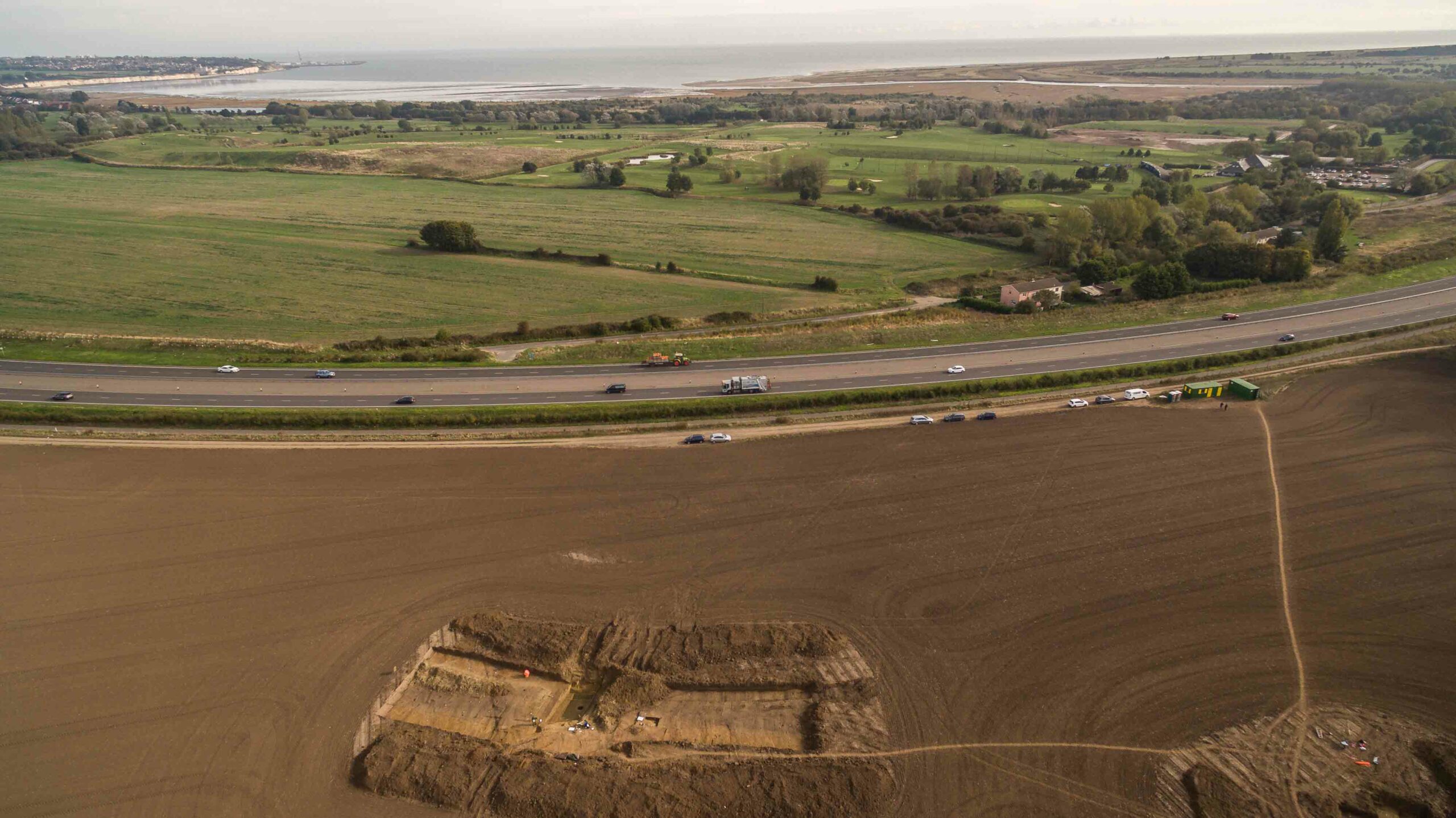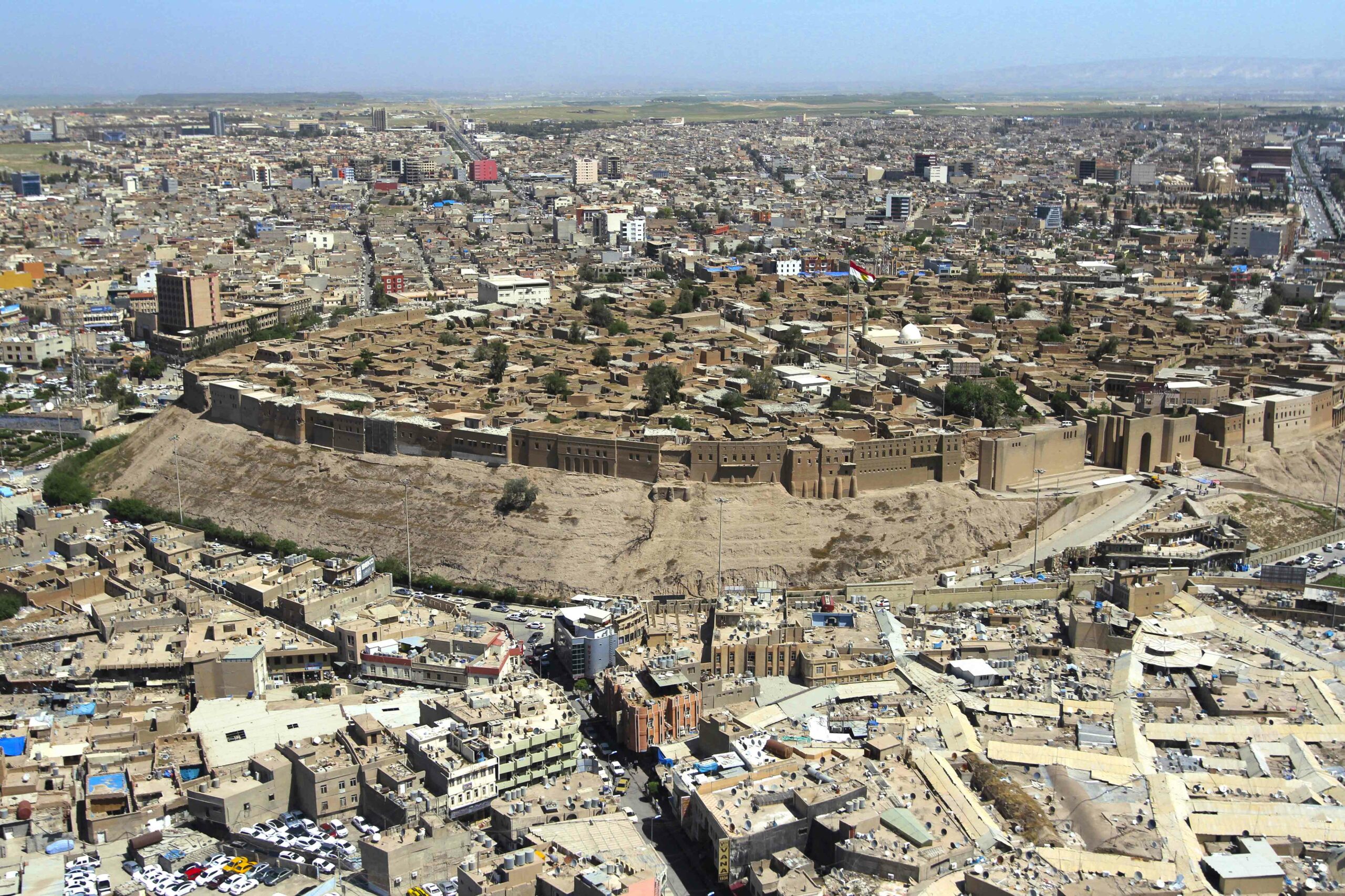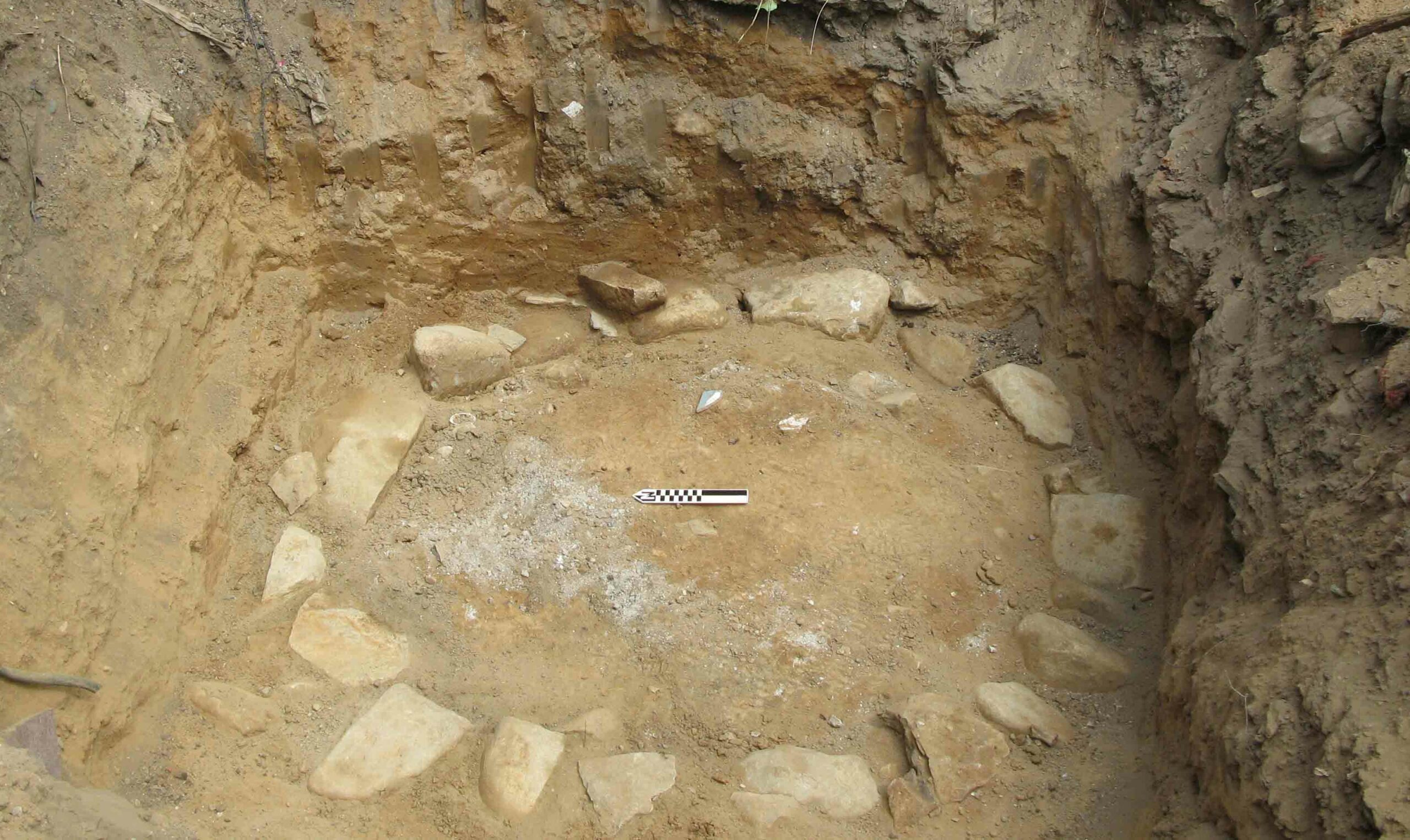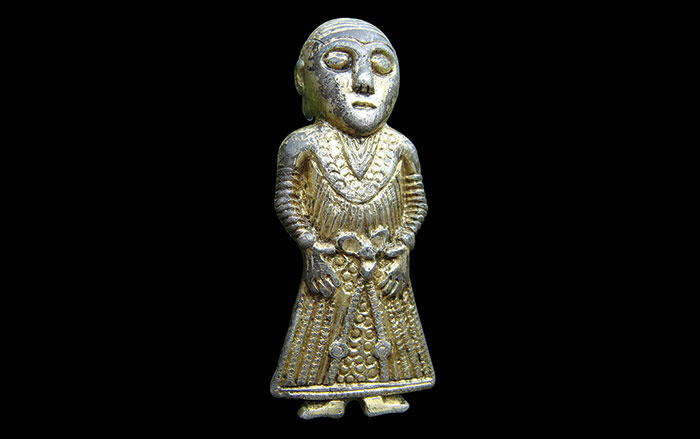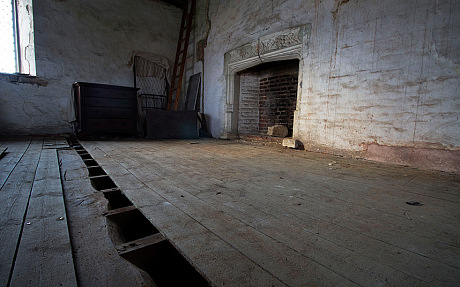
KENT, ENGLAND—Scorch marks and gouges have been found on the oak beams of a bedroom built at Knole House for King James I shortly after the failed attempt on his life in the Gunpowder Plot of November 1605. The house was owned by Thomas Sackville, treasurer to James I, who probably would have died with the king if the Gunpowder Plot had succeeded. Tree ring dating shows that the beams were cut from an oak felled in early 1606. The marks, made while the wood was still green, are thought to have been made in the room’s joists and around the fireplace by craftsmen to protect the king from witchcraft. “The workmen may never have consulted the owner about this, they just knew what had to be done,” James Wright of the Museum of London Archaeology told The Guardian. The royal renovations were completed by 1608, but Sackville died and King James never visited Knole House. To read about a royal Anglo-Saxon feasting hall discovered in the same part of England, see "The Kings of Kent."


